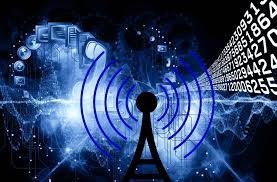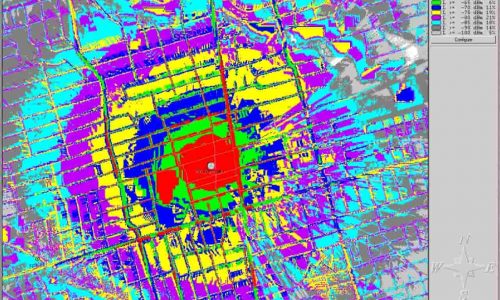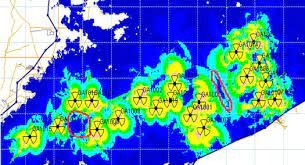This course provides an interactive hands-on introduction to the exciting world of radio communications. The course is wide ranging, covering basic signal properties, radio spectrum and management, transmission and reception, antenna and feeder design, modulation techniques, multiplexing techniques, and a brief description of different radio technologies. The course includes elements covering basic electronic and mathematical principles.
EXPECTED ACCOMPLISHMENTS
- Characterize the radio spectrum in terms of its system applicability and management.
- Estimate radio link budgets using logarithmic units.
- Outline the key of modulation and develop these to explain advanced digital modulation schemes.
- List and explain the function of key blocks of different types of radio transmitters and receivers.
- Describe transmission line characteristics and explain how they are used in radio systems.
- Characterize antenna performance in terms of gain, beam-width, bandwidth and front-to-back ratio.
TARGET AUDIENCE
New entrants, current and aspiring telecom professionals, including IT staff, corporate decision-makers, consultants and students will find this course valuable.
COURSE DETAILS
Waveform Fundamentals and Baseband Signals
- Sine waves and complex waves
- Phase relationships
- Overview of Fourier analysis
- The concept of bandwidth
- Analogue to digital conversion
- Digital transmission
- Voice coders
Electromagnetism and Radio Measurements
- Electrostatic and magnetic fields
- EM waves and the EM spectrum
- Overview of Maxwell’s equations
- Impedance of free space
- Power flux density and field strength
- Understanding the decibel
Analogue Modulation
- Amplitude, Frequency, and Phase modulation
- Vector representation of modulation
- Demodulating AM, FM and PM signals
- Single sideband operation
- Audio frequency processing used in FM
- Capture effect
Transmission Lines
- Co-axial cable and waveguide
- Attenuation
- Skin effect
- Characteristic impedance
- Impedance matching
- Standing waves
Radio Regulation and Safety
- Radio users and radio services
- Legislative and regulatory bodies
- ITU-R, CEPT, OFCOM
Antennas
- The isotropic radiator
- The half-wave dipole
- The radiated wave and radiation patterns
- Antenna characteristics
- Effective Isotropic Radiated Power (EIRP)
- Antenna types and antenna performance
- Stacking and baying
- Leaky feeders
Propagation
- The radio spectrum
- MF and HF- The Ionosphere
- VHF, UHF, SHF and EHF – The space wave
- Radio refractive index
- Sub and super refraction
- Ducting
- Multipath – Rayleigh and Rician environments
- Diffraction
- Fresnel zones
- GSM, GPRS, EDGE, UMTS, HSPA, LTE
- PMR446
- Terrestrial Trunked Radio (TETRA)
- DMR, dPMR, Tetrapol, NXDN, P25
- Microwave links
- The DECT system
- Digital Audio Broadcasting (DAB)
- Digital TV (DTV)
- Bluetooth
- Wi-Fi, WiMAX













